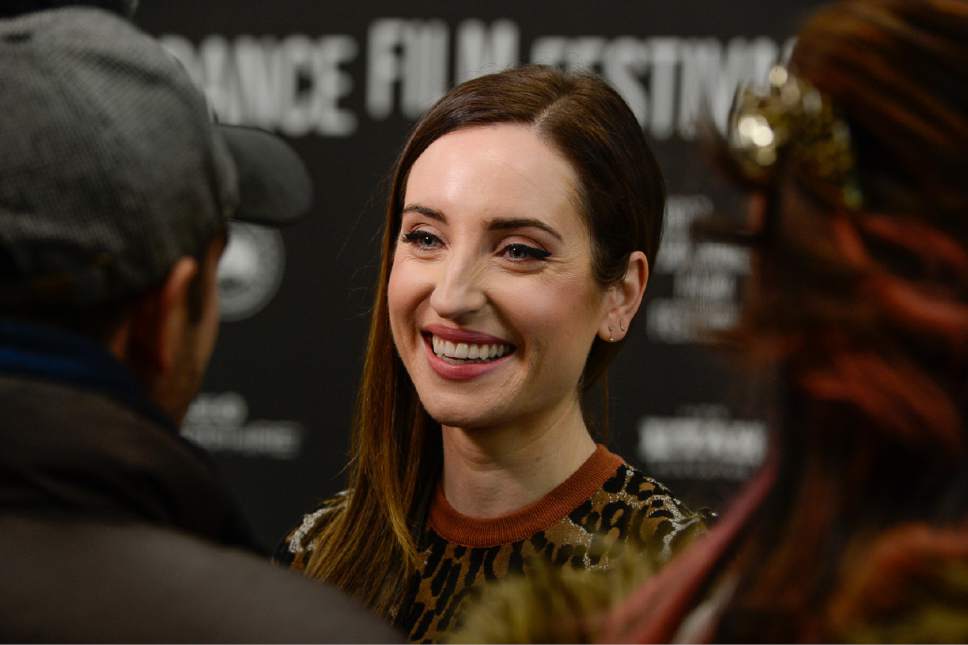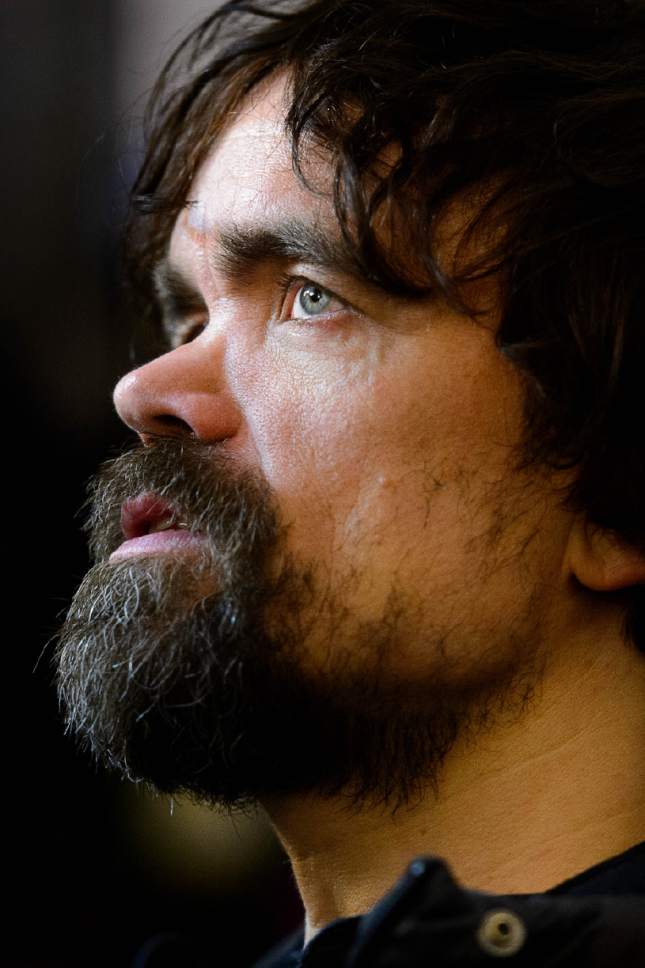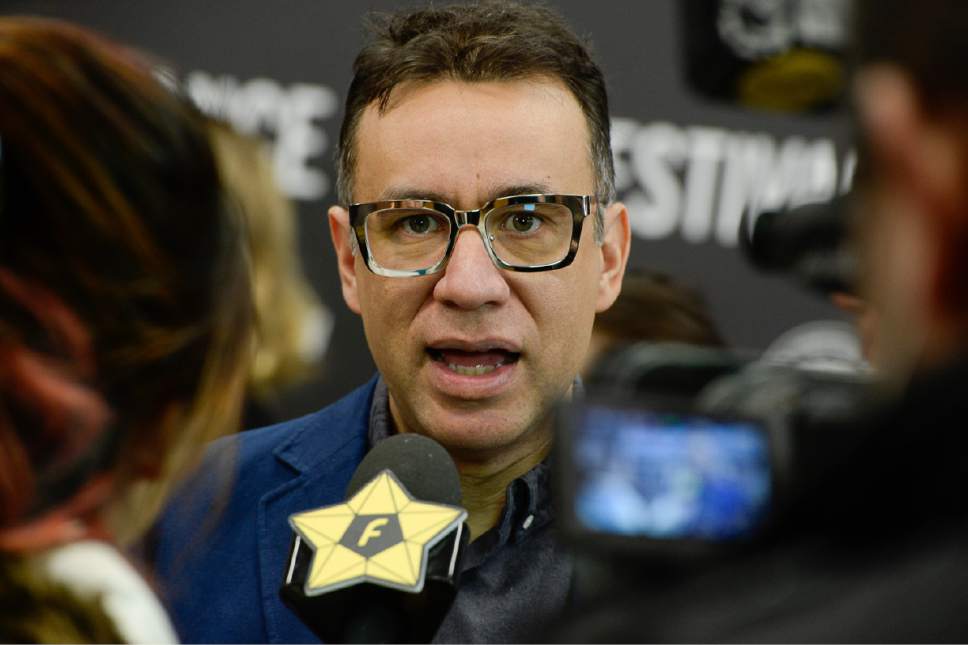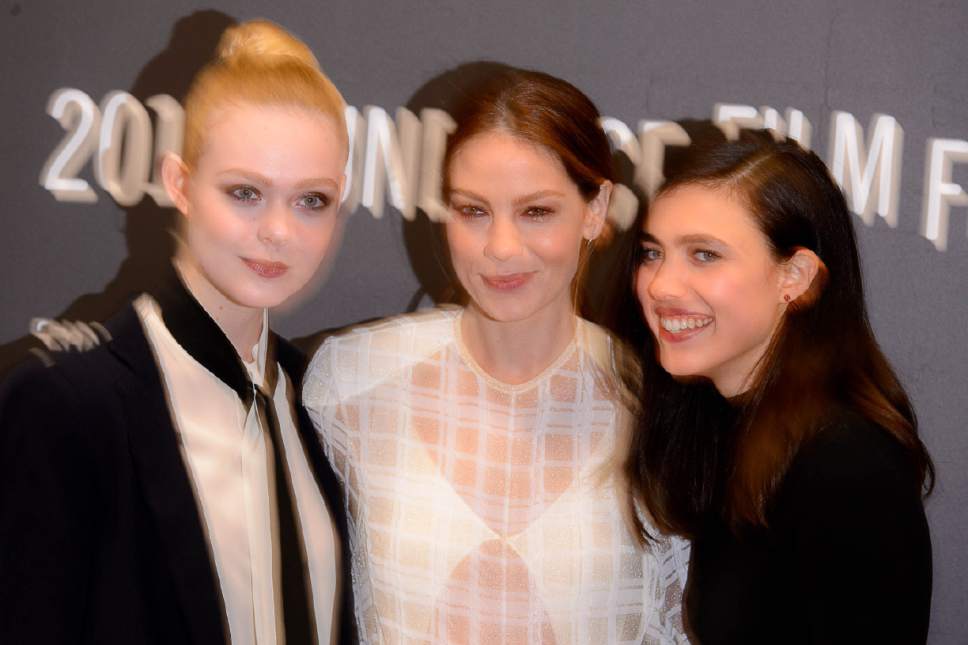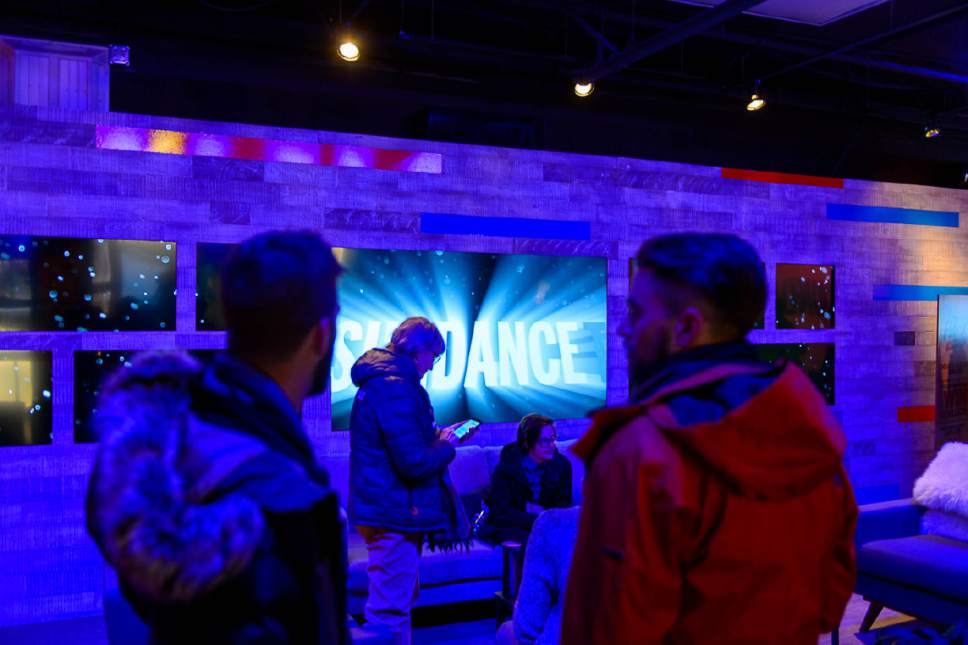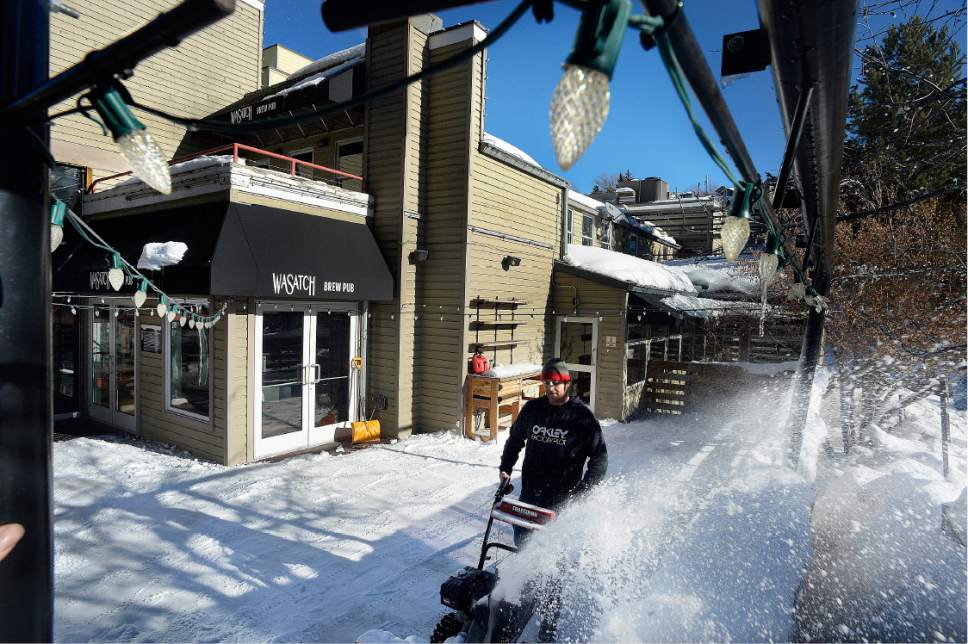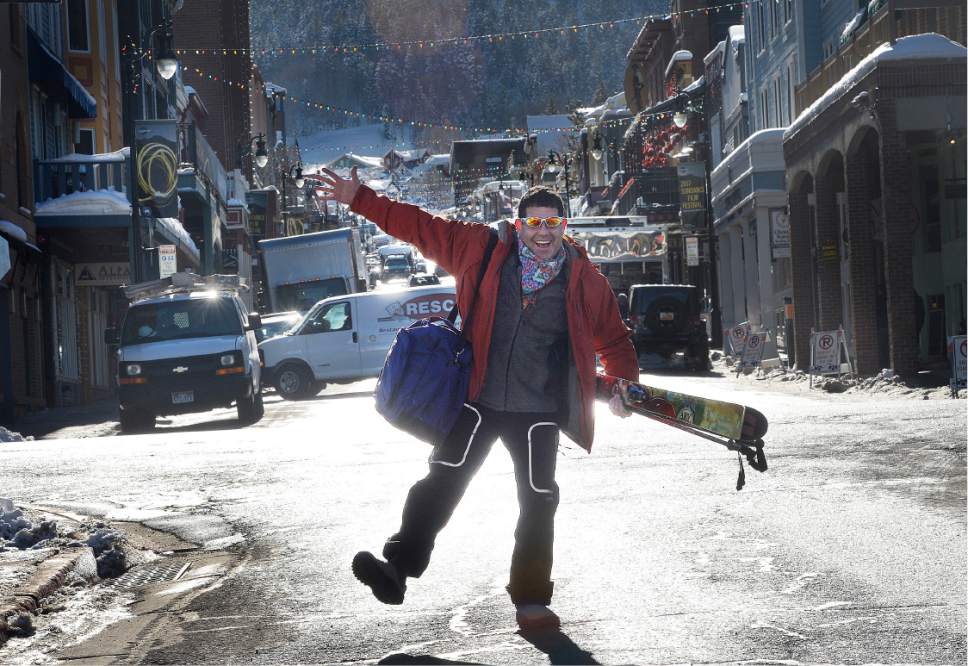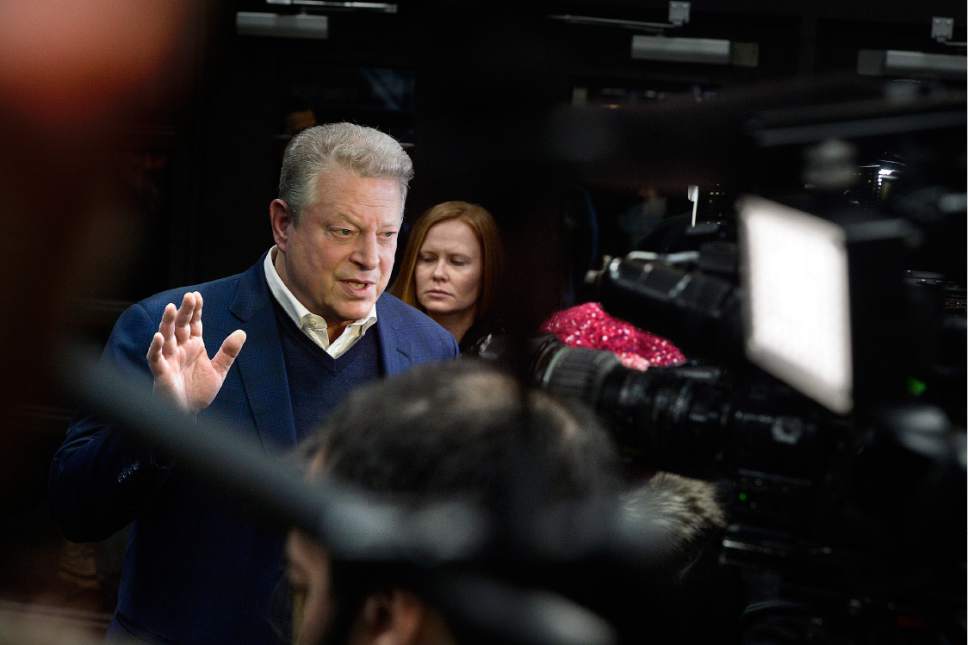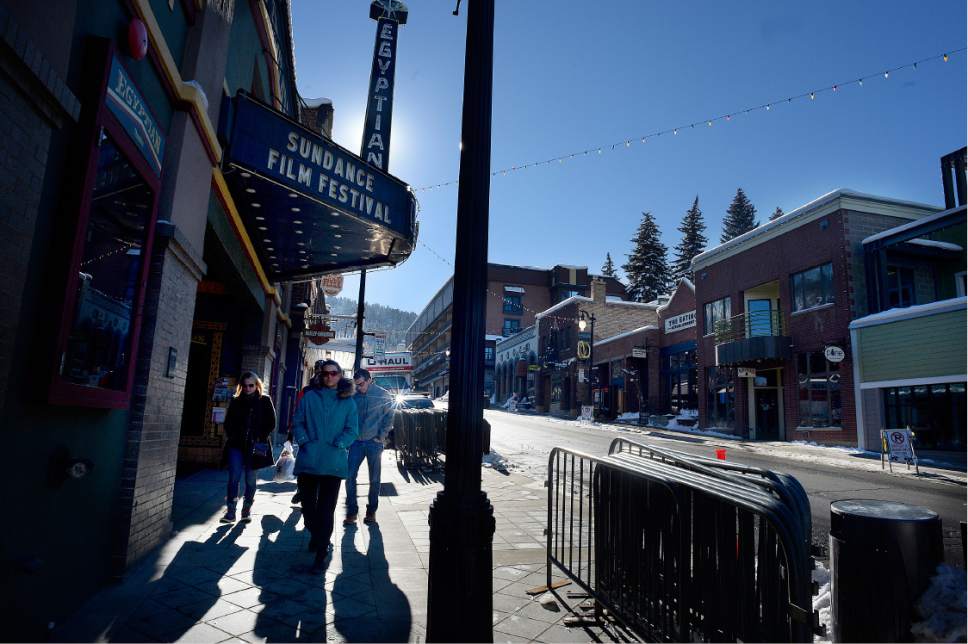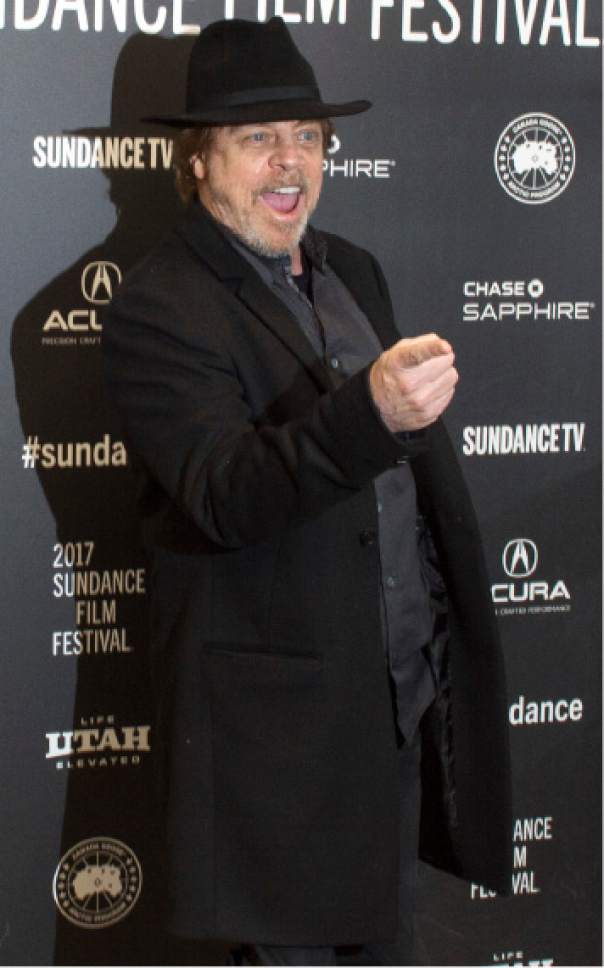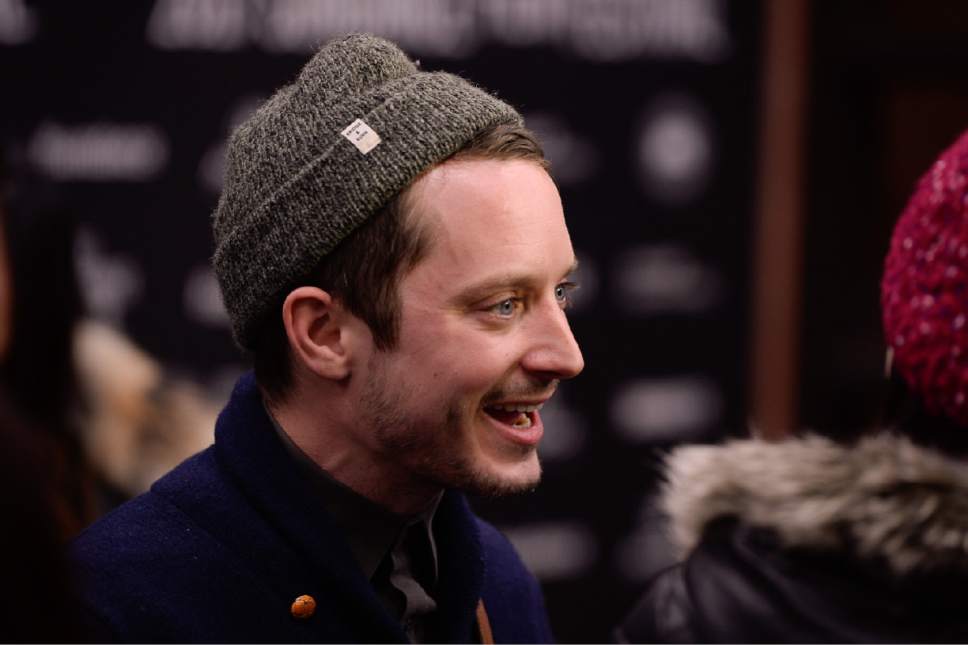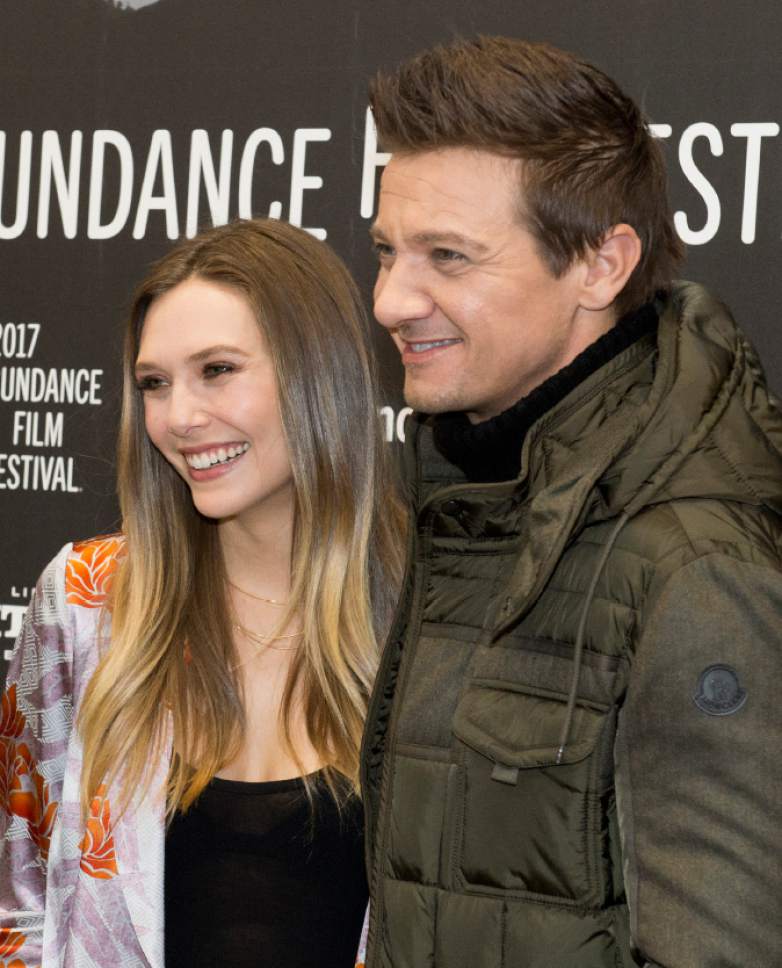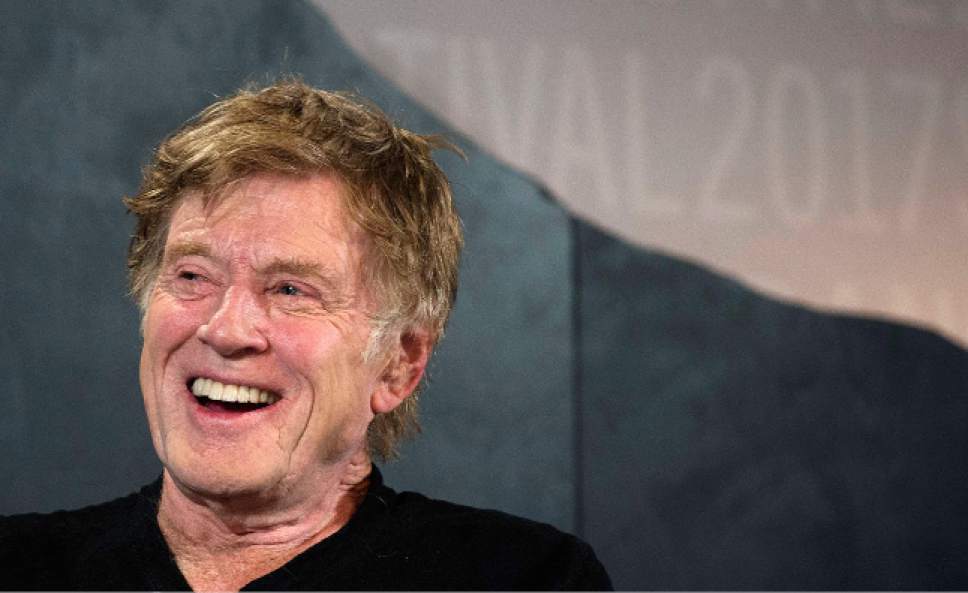This is an archived article that was published on sltrib.com in 2017, and information in the article may be outdated. It is provided only for personal research purposes and may not be reprinted.
Leave it to comedian Patton Oswalt to summarize perfectly what the Sundance Film Festival is all about.
"Sundance, as you all know, is about three things: it's about great films, it's about great friendships, and it's about spending 20 minutes every morning pulling bloody frozen boogers out of your nostrils," Oswalt, who was on the Short Film jury, said while emceeing the Short Film Awards on Tuesday night.
As the festival wraps up its 2017 run today, here's a few other Sundance snapshots in words and pictures.
—
How did director Dave McCary and writers Kyle Mooney and Kevin Costello convince movie icon Mark Hamill — Luke Skywalker himself — to take a pivotal role in their comedy "Brigsby Bear"?
It was all in the script.
"I like scripts that you can't easily categorize," Hamill said during the Q&A after the movie's premiere Monday. The role required some gravitas, but also called upon his voice-acting skills.
"I had lines, so already that was a plus," Hamill said, taking a friendly dig at his wordless appearance in "Star Wars: The Force Awakens."
—
One of the more heartfelt standing ovations at the festival was given Thursday morning to filmmaker Jennifer Brea, after the last screening of her documentary "Unrest," in which she chronicled her battle with myalgic encephalomyelitis (ME), commonly known as chronic fatigue syndrome.
Brea called the movie's rollout at the festival "probably the most incredible few days in my life," as a number of audience members stood and talks about how they have been affected by the disease.
Part of the push behind "Unrest" is to lobby for increased funding for research on the often-misunderstood disease. There is no cure, and no sure treatment, though Brea said she is helped some by antiviral medication.
She also avoids mold, which some sufferers have found to exacerbate the disease. (In the movie, she and husband Omar Wasow take a trip to the Southwest, where the dry air helps keep mold down.)
Part of her mold avoidance, she said, was relocating to Los Angeles. "I may be the only person who moved to Los Angeles for the air," Brea joked.
—
The one-on-one experiences of the VR Palace were a must-view at the festival, though it was nearly impossible to try them all in the allotted one-hour sessions.
Two of the works were goofy fun. Mindshow allowed the viewer to take on the persona of a space alien, interacting with a pre-recorded astronaut character (voiced by comedian Dana Gould) — and then turning the tables, playing the astronaut opposite the alien the viewer just recorded. Chocolate, a psychedelic music video with a track by the EDM artist Giraffage, invited the user to dance as a multi-tentacled creature who shoots chrome kittens out its hands.
In a much more serious vein was filmmaker Rose Troche's "If Not Love," which follows one horrible scenario — a conflicted gay man leaves a sexual encounter, and in his self-loathing commits a mass shooting in a gay bar — and imagines what would be different if his sex partner had shown a little more compassion.
Another beautiful work was "Hue," an interactive animated story by Nicole McDonald, KC Austin and Tay Straithairn (whose father, the actor David Straithairn, provided the narration). The title character lives in a world without color, and the viewer has to help unravel the reason why and bring color back into his life.
—
The story of four Japanese girls and 400 goldfish was the big winner among short film at the 2017 Sundance Film Festival.
Jurors selected Japanese writer-director Makoto Nagahisa's "And so we put goldfish in the pool" for the festival's Short Film Grand Jury Prize, it was announced Tuesday at an awards ceremony and party at Park City's Jupiter Bowl.
The festival's synopsis for the short reads: "One summer day, 400 goldfish were found in the swimming pool of a secondary school. This is a story about the four 15-year-old girls who put them there."


